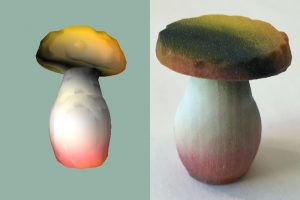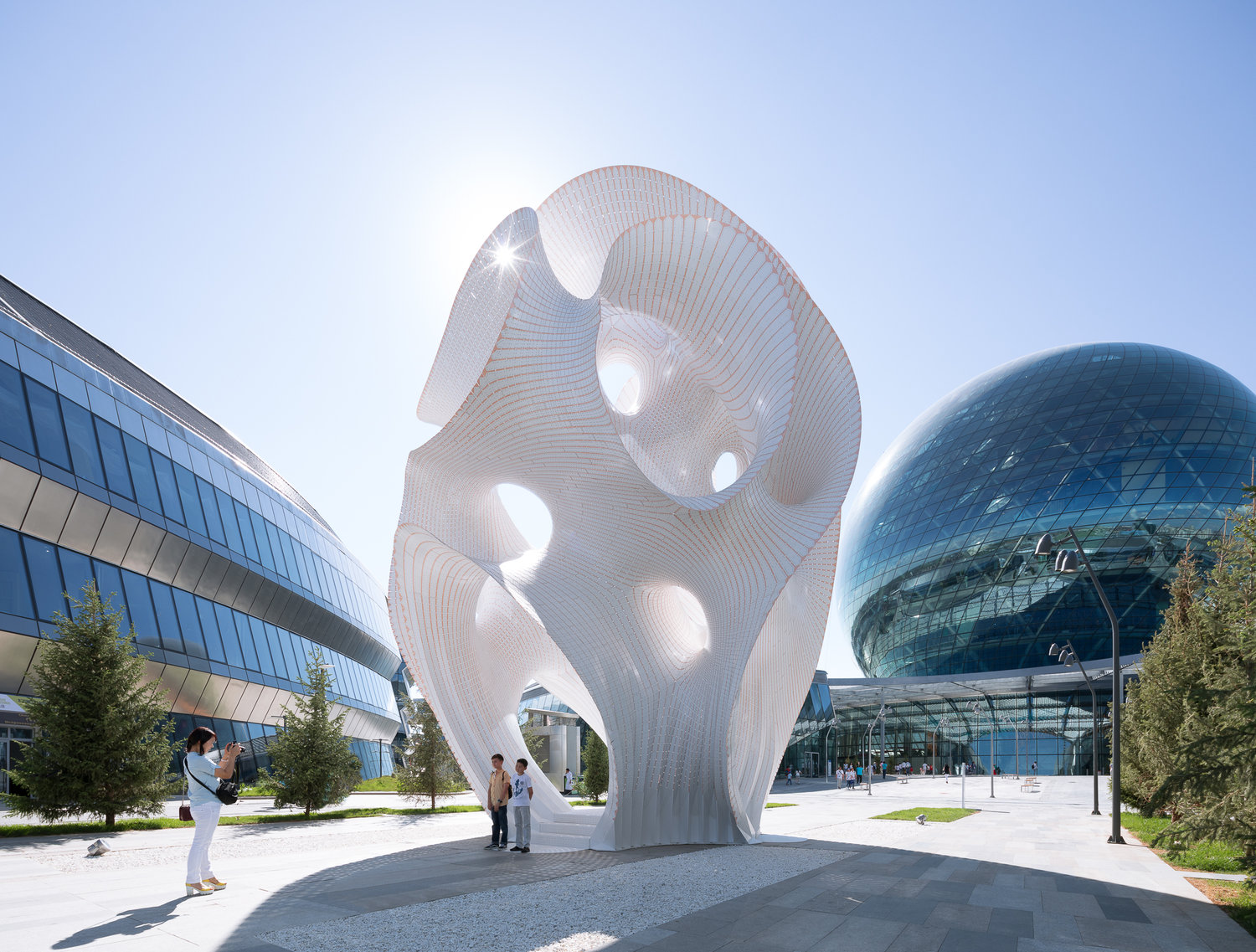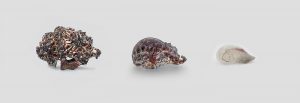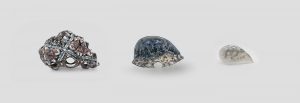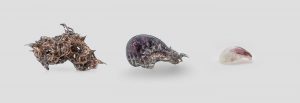space
// Jessica Timczyk
// Section D
// jtimczyk@andrew.cmu.edu
// Project-03-Dynamic Drawing
function setup() {
createCanvas(640, 480);
}
function draw() {
background(7, 9, 76);
var mX = max(min(mouseX, 640), 0); // keeps mouseX between 0 - 640
var size = mX * 3 / 640
var colorR = max(min(mouseX, 244), 90);
var colorG = max(min(mouseX, 70), 1);
var colorB = max(min(mouseX, 100), 60);
mX = 640 - mX;
// shooting star
fill(248, 246, 100);
stroke(255);
strokeWeight(4);
quad(290 + 15/2, mX - 120, 290 + 8, mX - 123, 330, mX - 150, 340, mX - 135); // star tail
quad(290, mX - 100, 305, mX - 120, 290, mX - 140, 275, mX - 120); // star shape
mX = max(min(mouseX, 640), 0);
// spaceship shape setup
noFill(); // glass dome
stroke(255);
ellipse(mouseX, height * 2/3 - 30, 85, 120);
// alien colors
fill(9, 172, 20);
stroke(9, 172, 20);
rect(mouseX - 2.5, height * 2/3 - 60, 5, 7); // neck
stroke(18, 111, 25);
triangle(mouseX, height * 2/3 - 10, mouseX - 15, height * 2/3 - 50, mouseX + 15, height * 2/3 - 50); // torso
triangle(mouseX - 3/2, height * 2/3 - 74, mouseX, height * 2/3 - 80, mouseX + 3/2, height * 2/3 - 74); // antena
ellipse(mouseX, height * 2/3 - 65, 22, 15); // head
fill(0);
stroke(255);
strokeWeight(3);
ellipse(mouseX - 5, height * 2/3 - 65, 7, 6); // left eye ball
ellipse(mouseX + 5, height * 2/3 - 65, 7, 6); // right eye ball
fill(142, 142, 144); // spaceship body
stroke(0);
strokeWeight(3);
ellipse(mouseX, height * 2/3, 200, 75);
// seam on space ship
strokeCap(ROUND);
stroke(0);
fill(0);
rectMode(CENTER);
rect(mouseX, height * 2/3, 160, 1);
// Planet 1
fill(219, 34, 47);
noStroke();
ellipse(125, 125, 100 * size, 100 * size);
size = 3 - size; // reverse size for second planet
// Planet 2
fill(255, 187, 3);
ellipse(450, 200, 80 * size, 80 * size); // planet
fill(colorR, colorG, colorB); // color of ring changes with mouse
ellipse(450, 200, 130 * size, 10 * size); // ring
// stars
var starX = mouseX;
fill(249, 215, 81);
noStroke();
push(); // star 1
translate(100, 400);
rotate(starX / width * mX); // star rotates around itself as mouse moves
rectMode(CENTER);
rect(0, 0, 7, 12);
pop();
push(); // star 2
translate(20, 300);
rotate(starX / width * mX);
rectMode(CENTER);
rect(0, 0, 10, 15);
pop();
push(); // star 3
translate(260, 30);
rotate(starX / width * mX);
rectMode(CENTER);
rect(0, 0, 20, 15);
pop();
push(); // star 4
translate(500, 70);
rotate(starX / width * mX);
rectMode(CENTER);
rect(0, 0, 5, 7);
pop();
push(); // star 5
translate(600, 430);
rotate(starX / width * mX);
rectMode(CENTER);
rect(0, 0, 40, 40);
pop();
push(); // star 6
translate(210, 200);
rotate(starX / width * mX);
rectMode(CENTER);
rect(0, 0, 15, 20);
pop();
push(); // star 7
translate(450, 400);
rotate(starX / width * mX);
rectMode(CENTER);
rect(0, 0, 10, 15);
pop();
}
When writing this code I found it easy to come up with ideas of how and what I wanted to move but writing the code to implement such ideas was more difficult, and I thus had to simplify my ideas in certain areas. I am happy with how the drawing came out, looking very cartoonish how all of the variables move in conjunction to each other.
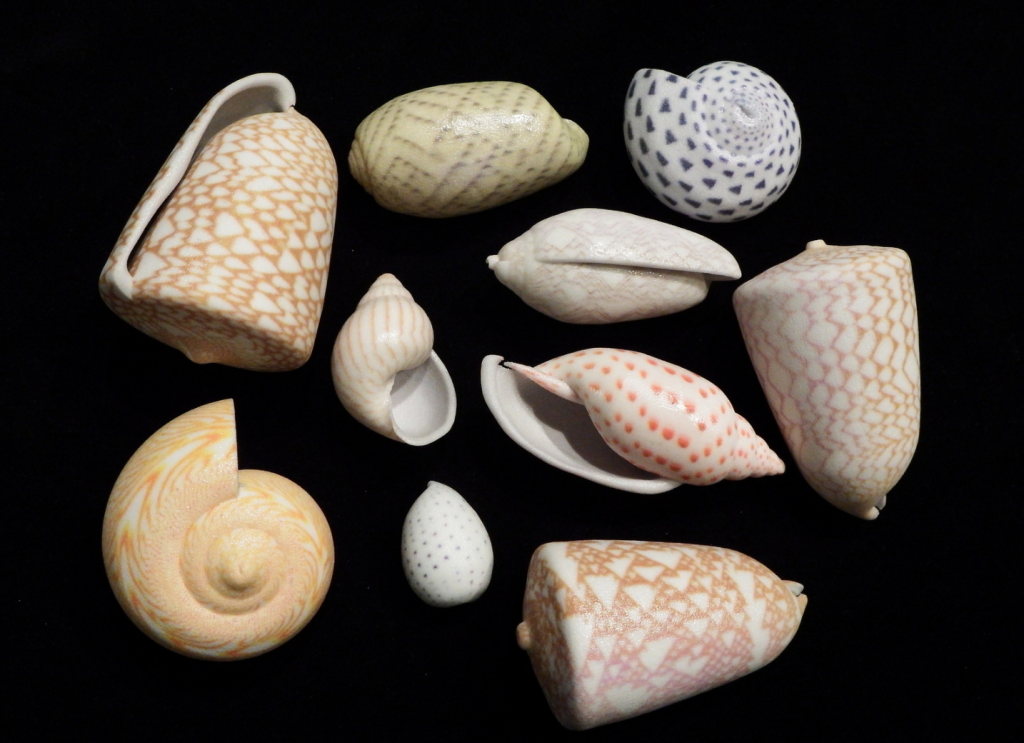
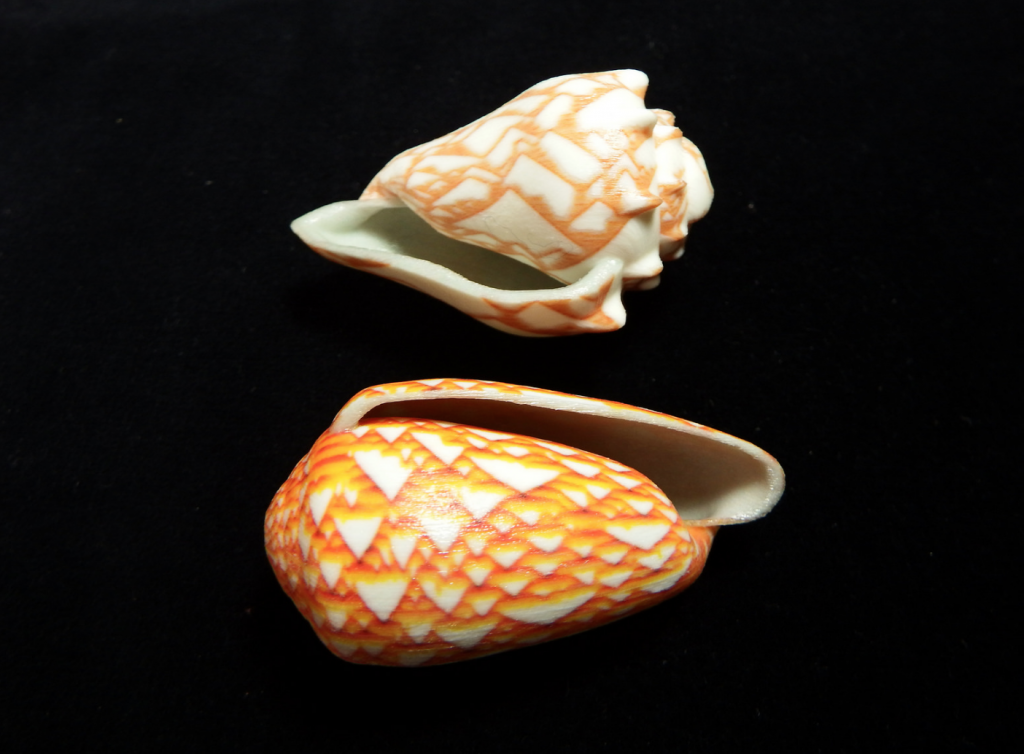
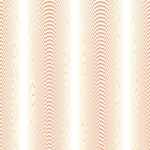
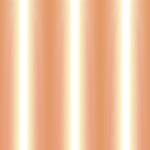
![[OLD FALL 2018] 15-104 • Introduction to Computing for Creative Practice](../../../../wp-content/uploads/2020/08/stop-banner.png)
